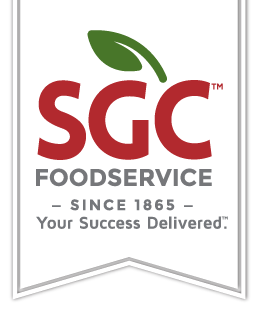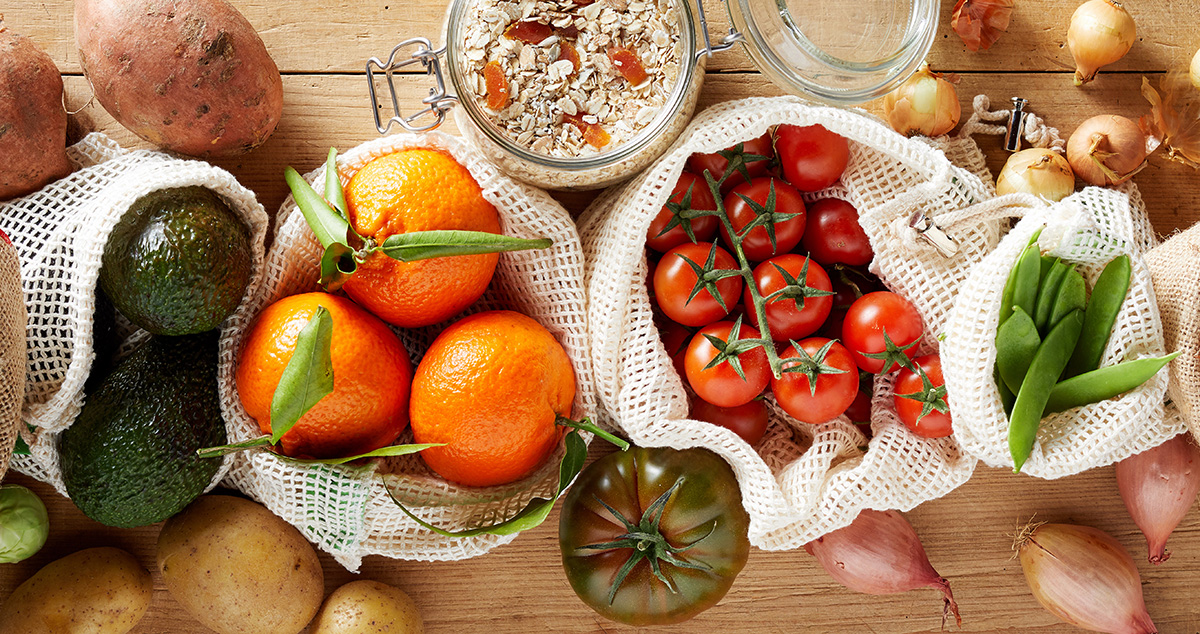Food waste is a global problem that needs to be addressed, not only for environmental reasons but also because of the economic implications it has on your restaurant. Food waste has always been an issue in kitchens of all sizes. It is, however, seen a lot more in commercial kitchens where there are high volumes of food. Commercial kitchens have many stations that focus on different types of food, which means different ways of preparing food and ultimately should minimize food waste. But that is not the case.
If your restaurant can learn to reduce food waste, not only will you help the environment, but you’ll also save your business money in the long run.
Reducing Waste
There are dozens of small ways to reduce waste in a restaurant.
-
Compost leftover food. If you don’t grow any of your food and have no outside area, donate your compost to a local community garden.
-
Serve proper servings, which will result in less food waste. Donate leftover food to local shelters.
-
Go paperless - take online reservations, keep customer info on the computer, not on paper, create paperless billing for all vendors and employees, and pay your bills online. Learn more about creating a paperless office system.
-
If you renovate or redecorate, recycle or donate old items.
-
Consider using real, not paper towels or air hand dryers in the restrooms, plus refill reusable soap containers with bulk, natural hand soap.
-
Always print on both sides of recycled content paper and reuse or recycle ink cartridges you use in your printers.
-
Try easy steps like staple-free staplers, reusable coasters, reusable menus, reusable coffee, and tea filters, and sign up for junk mail reduction.
Ordering Food
Commercial kitchens should pay attention to the type and amount of food coming into the kitchen. It is easy and makes sense to buy a lot of food at once and stock up, so orders don’t have to be placed as frequently. While this may be convenient and initially thrifty, it is not the greatest way to reduce waste.
Food, especially produce and perishables, does not last as long as other non-perishable items, like canned goods. For example, buying a lot of apples may be cheaper and seem like the financially savvy option, but in reality, not all the apples are used, and a good portion of the order ends up going bad and ultimately being wasted.
Ask your vendor if you can receive the products in various stages of ripeness so you can take advantage of a sale or bulk ordering.
Additionally, inspect all orders as they arrive, not just the food on top. Don’t accept the order if the food looks like it is spoiled or is close to spoiling.
Portioning and Plate Waste
Smaller plate portions certainly make it easier to reduce waste, but they don’t always fit in with restaurant concepts.
-
Consider offering dishes in different serving sizes and train staff to fully understand the benefits of the offer for both the business and the customer.
-
See if you can offer second helpings on side dishes similar to the concept of bottomless soft drinks. This saves you from serving too much on the first pass but still gives guests the feeling they’ve gotten their fill.
-
Train staff to monitor plate waste to engage your staff in waste reduction efforts. This will also tell you which dishes may be underperforming so that you can make additional adjustments to your menu.
-
Consider composting. Many restaurants use dedicated garbage cans and compost cans back of house to create a simple compost system.
Buy efficient equipment
With a smaller space, it’s crucial operators look more keenly at back-of-the-house operations and, in particular, investigate kitchen technology capable of boosting speed, accuracy, or consistency of product.
Investing in efficient kitchen equipment technology is critical to ensure that you are not sacrificing the quality of your food while working to increase efficiencies in smaller spaces.
Practice Water Efficiency and Conservation
There’s much you can do to increase water efficiency and help conserve the water resources this planet has. Try the following:
-
If you have landscaping, use plants that require less water. Set sprinklers on a timer and don’t allow sprinklers to water the sidewalk vs. actual greenery.
-
Consider setting up a water catchment and reuse system such as a rain barrel.
-
Install low-flow faucets in the kitchen and bathrooms. Consider on-demand, touchless sensor faucets as well.
-
Use qualified dishwashers, ice makers, and steamers.
-
Install dual flush handle toilets and high-efficiency toilets, and waterless urinals.
-
Use a linen service that’s qualified as water-saving or wash linens in-house with a qualified washing machine.
-
Only serve drinking water to customers upon request.
Ditch Disposables for Takeout
For dine-in customers, it goes without saying that you should use real, not disposable dishes, but what about for takeout? This can be a problem, and there’s no perfect solution. Some restaurants offer reusable dishes that can be refilled, washed, and refilled again for return customers, but this isn’t always practical, so your best bet is to go with the most eco-friendly disposables you can.
Consider recycled content takeout containers, bags, and boxes, plus look into corn-based plastics, which are far from perfect and not, as you might believe, totally biodegradable but are better than plastic made from virgin oil.
With these tips and diligence in your kitchen, you can do your part to help reduce food waste to benefit the environment—and your bottom line. Plus, when you get guests involved in the effort, you can go far in improving your brand’s equity. Look to startup companies and tech partners to support your food waste reduction efforts. There are many powerful apps out there that can help along the way.

